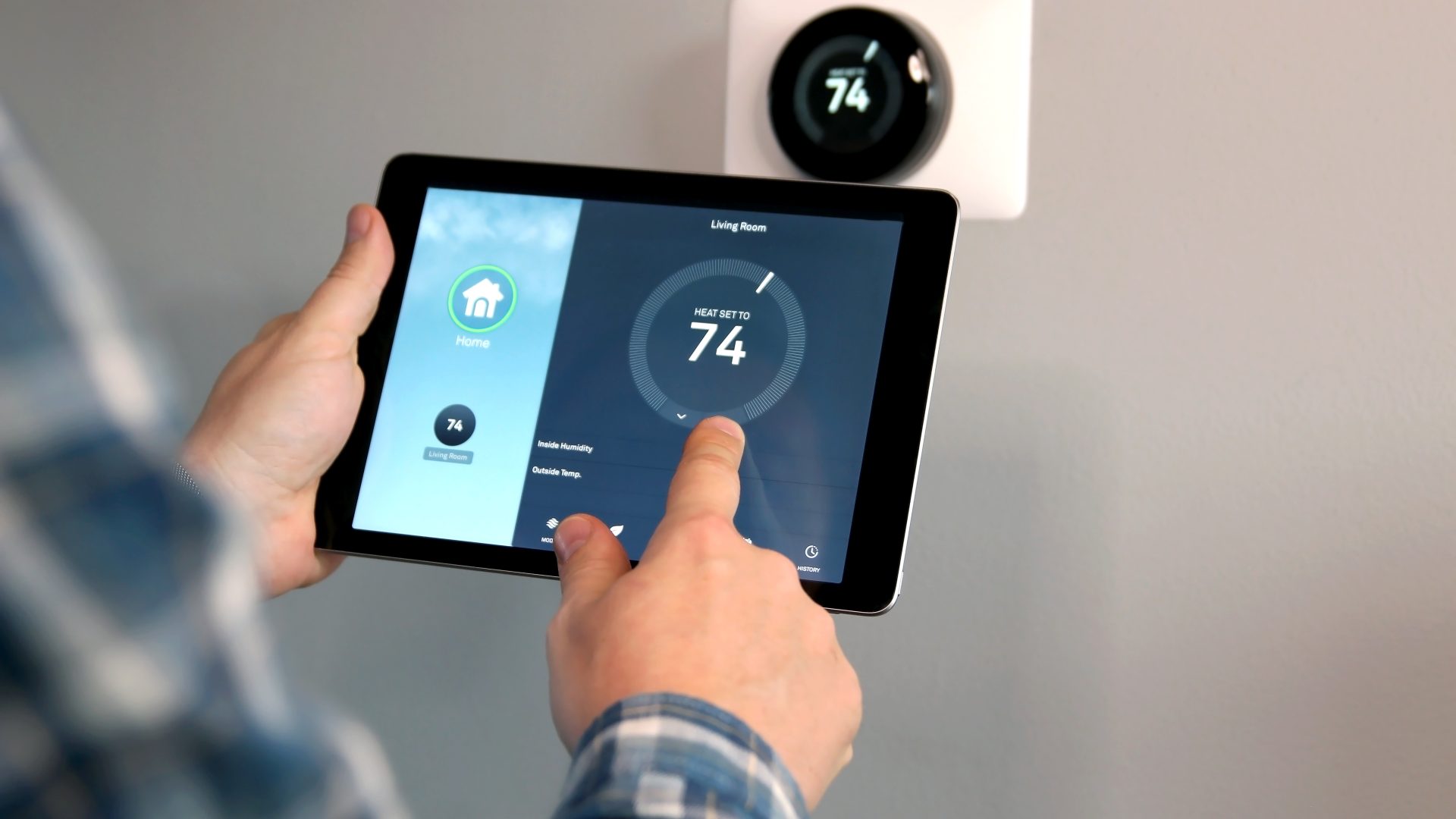What does “ton” refer to in air conditioning terms?
Introduction When discussing air conditioning, the term “ton” describes an AC unit's cooling power. Specifically, it refers to the amount of heat an air conditioner can extract from a space per hour, with one ton equating to 12,000 British Thermal...
What does AHRI stand for?
What Does AHRI Mean? AHRI is an acronym for the Air Conditioning, Heating, and Refrigeration Institute. This organization is a crucial trade group that assembles manufacturers from the air conditioning, heating, and refrigeration sectors. Founded in 1933, its headquarters are...
What is an ARI certificate?
What Does an ARI Certificate Provide? An ARI certificate represents a confirmation from the Air-Conditioning, Heating, and Refrigeration Institute (ARI). This industry organization advocates for manufacturers in the HVAC R (heating, ventilation, air conditioning, and refrigeration) sector. This certificate affirms...
Who regulates the HVAC industry?
Introduction The Heating, Ventilation, and Air Conditioning (HVAC) industry in the United States is governed by a network of regulatory bodies operating at federal, state, and local levels. Each entity is responsible for ensuring HVAC systems are designed, manufactured, and...
Who makes American Standard© air conditioners?
Introduction American Standard© represents a premium range of heating, ventilation, and air conditioning (HVAC) systems and products owned by Ingersoll Rand. Ingersoll Rand is a global corporation renowned for delivering diverse products and services aimed at enhancing air quality and...
Why is radiant heat?
What is Radiant Heating? Radiant heating is a technique for warming spaces by directly transferring heat via infrared radiation from a heated surface to the occupants and objects in the room. Unlike traditional heating systems that mainly use convection to...
What are the different sources of radiant heat?
Introduction Radiant heating systems rely on various energy sources to ensure a comfortable and evenly distributed warmth. Here’s a look at how different fuels and technologies can be utilized for radiant heating: 1.Gas-Powered Systems Radiant heaters powered by natural gas...
How to maintain your air conditioner?
Introduction Regular maintenance of your air conditioning unit is essential for seamless operation, efficient performance, and a prolonged lifespan. This not only lowers energy consumption but also significantly reduces your electricity costs. Guidelines to Keep Your Air Conditioner in Excellent...
What are the 5 most common issues with air conditioners?
Introduction Air conditioners are essential for maintaining comfort in our homes and workplaces during scorching weather. Despite their significance, they are not impervious to problems that can affect their performance. Five Common Air Conditioner Problems and Solutions Here are five...
What is an absorption heat pump ?
An absorption heat pump utilizes a specific liquid to capture and transport heat from one location to another. While it shares common ground with other heat pump types, such as those using air or ground sources, its distinctive heat exchange...
